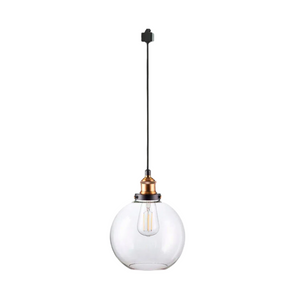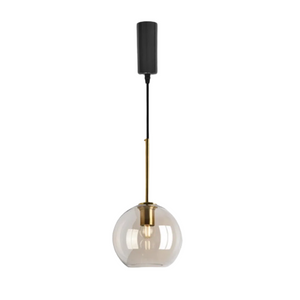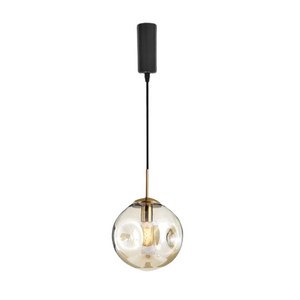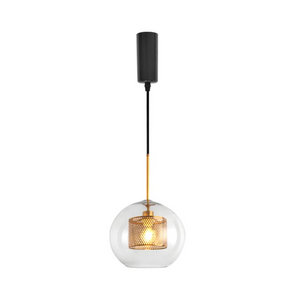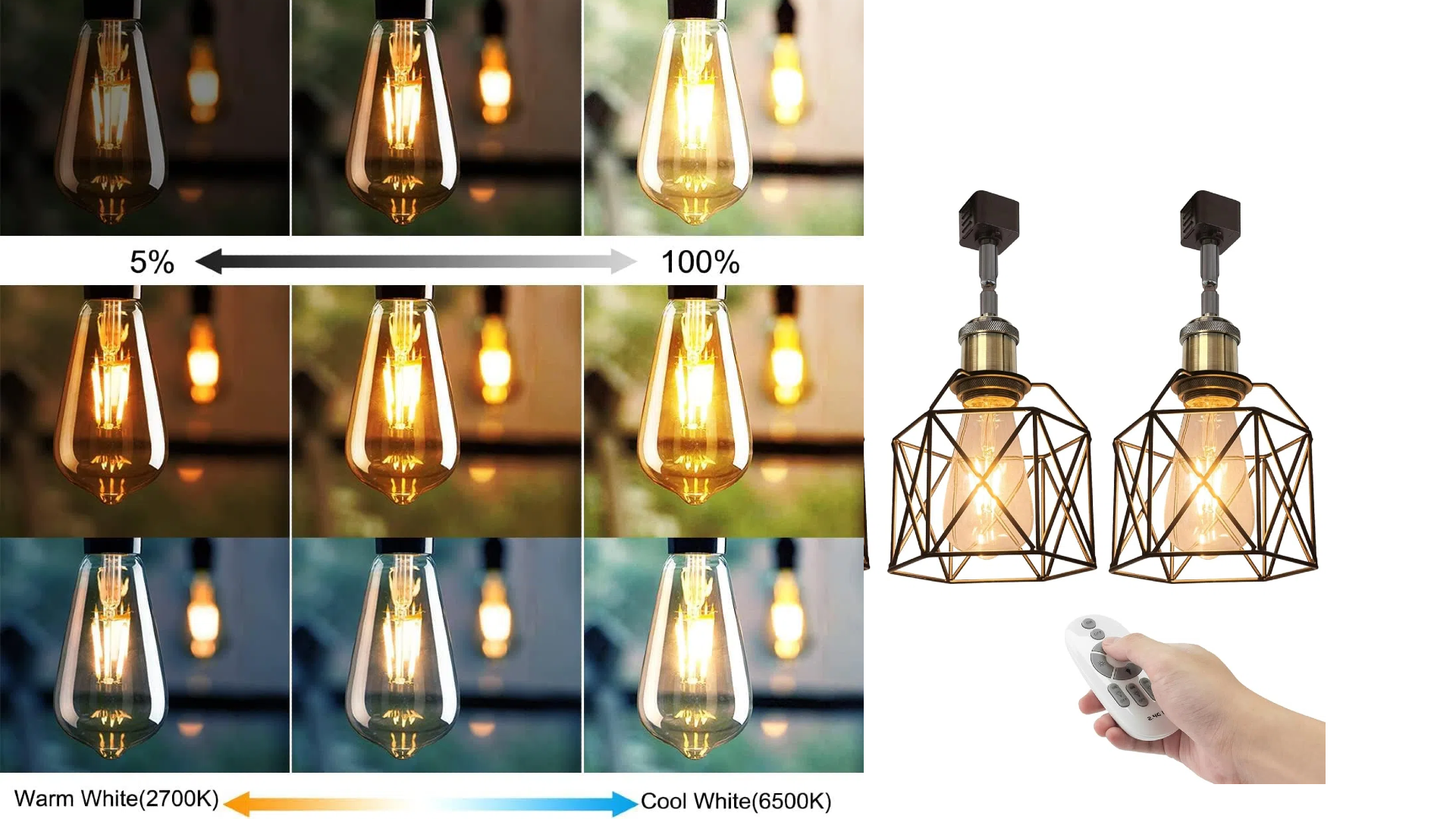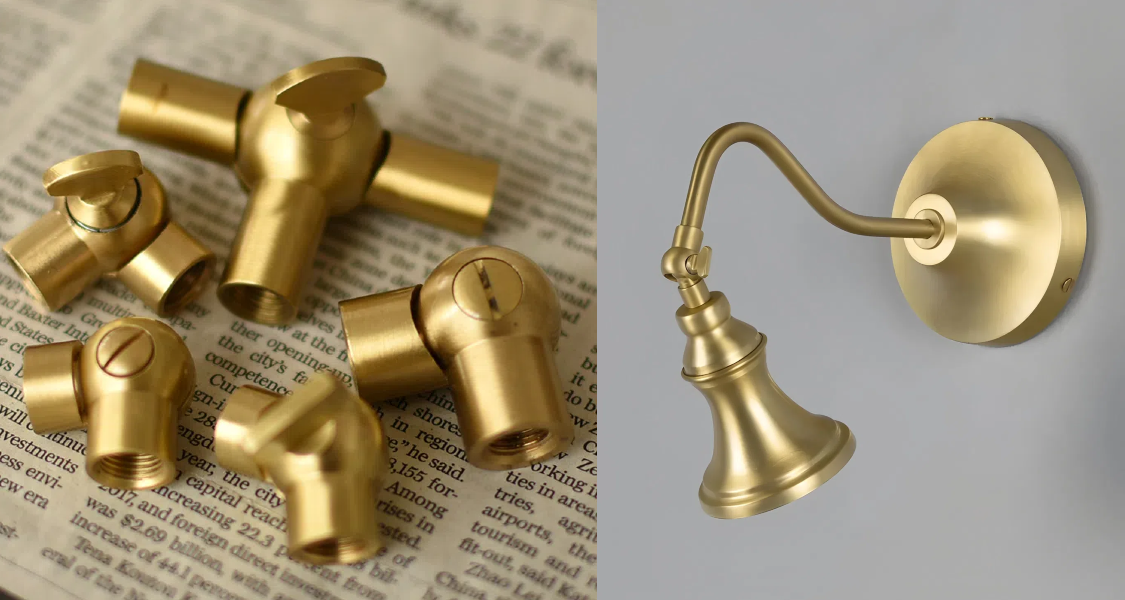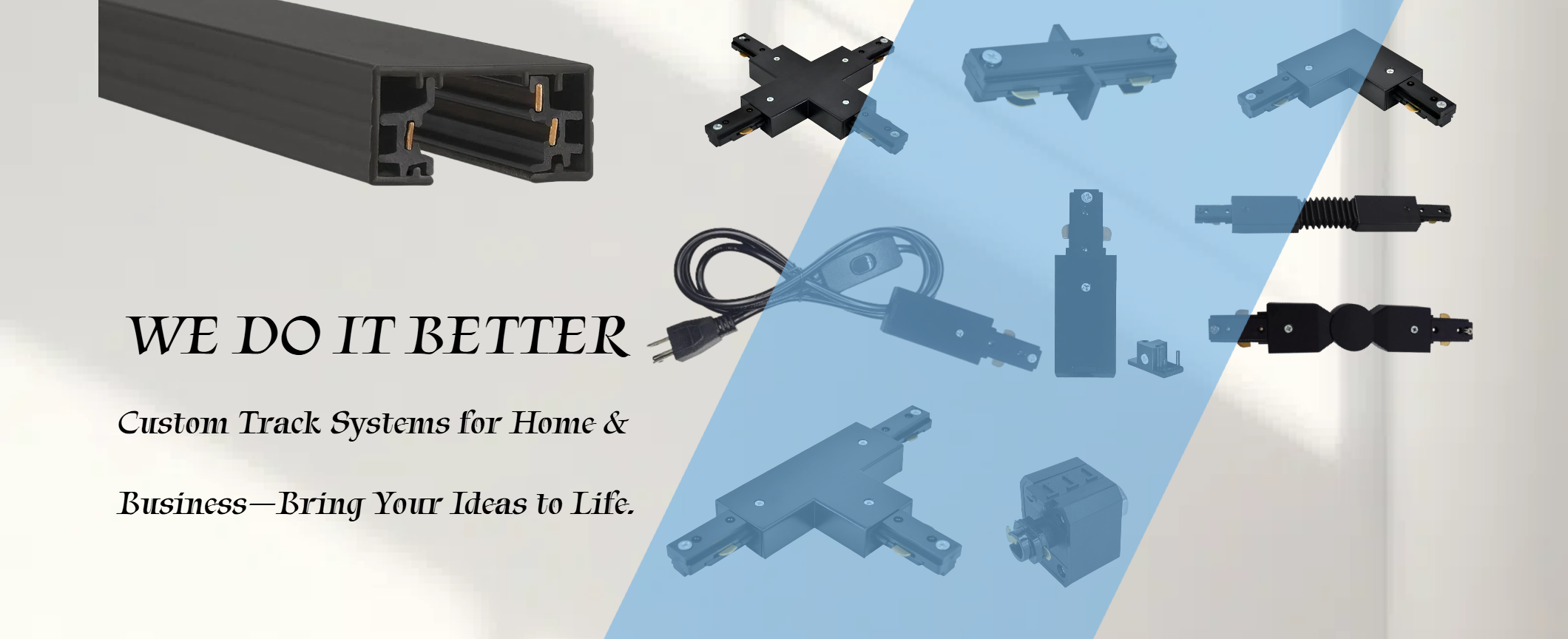Track lighting heads might look simple from the outside, but picking the wrong ones can turn your dream lighting project into a frustrating mess. The key is knowing what questions to ask before you start shopping, especially when it comes to things like track light compatibility and the type of track lighting light bulbs you'll need.
Your track with lights system is an investment, so getting the heads right the first time saves you money and headaches later. The good news is that once you know what to look for, choosing the perfect heads becomes much more straightforward than you'd expect.

Why Your Choice of Head Matters More Than You Think
The track lighting heads you select will influence every aspect of your lighting experience, from daily functionality to long-term satisfaction with your investment. Many homeowners underestimate just how dramatically different heads can change the entire feel and performance of their track with lights system.
- Wrong track light heads create harsh glare and shadows that make rooms uncomfortable, while quality heads transform the same space into a welcoming environment.
- Inefficient track lighting heads can triple your electricity costs, with the difference showing up as hundreds of dollars on your annual electric bill.
- Poor-quality heads require constant bulb changes and repairs, while well-made heads with reliable track lighting light bulbs run maintenance-free for years.
- Wrong beam angles and brightness levels create dead zones and glare spots that make your track with lights practically unusable for daily tasks.
- Cheap or mismatched track light heads become eyesores that drag down your room's appearance instead of enhancing your décor.
How to Ensure Your Track System Works with Your Lighting Heads
Making sure track compatibility is correct is important since incompatible components will not work together, and you will be left with costly heads that you cannot use on your track. Consider these important factors when purchasing any track lighting heads.
Count Your Track's Power Strips
Understanding your track's circuit configuration determines how you'll control your lighting:
- Single circuit tracks possess two copper strips and operate all track lighting heads using a single switch, so all lights switch on and off as a group
- Dual circuit tracks contain three strips and enable you to have two separate lighting groups for independent control
- It has three circuit tracks using four strips for ultimate control, allowing you to operate three different groups from separate switches.
Identify Your Connector Shape
Your track light heads should exactly match your track's connector type. Switch off the power and take an existing fixture off your track with lights. H-type connectors resemble the letter H (Halo, Progress Lighting). J-type connectors are circular with two contacts (Juno systems). L-type connectors are rectangular and lengthy (Lithonia tracks). Take a picture when you go shopping for reference.
Check the Voltage Numbers
Mixing voltages will destroy your track lighting light bulbs. Look for voltage markings on the track itself or on existing fixture labels. Check your installation manual or electric box for transformer presence, which indicates 12V instead of the standard 120V.
Add Up the Weight Limits

Each track has weight limits that you cannot surpass without causing structural failure:
- Find your track's weight capacity in your manual, which is generally 10-15 pounds per foot.
- Standard LED heads weigh 5-6 pounds, while heavy specialty heads can reach 10-15 pounds. Calculate the overall weight by the number of heads by the individual weight, and divide evenly.
- Run at least 20% below top capacity to allow a margin of safety.
Step 1: Define Your Mission—What is Your Light's Purpose?
Before you start comparing track lighting heads and getting mired in technical terminology, you must be totally clear about what job your lights will need to do. Different lighting tasks require completely different types of track light heads, and the wrong ones will disappoint you with poor performance, no matter how much you spend.
Task Lighting - Choose Focused Beam Heads
For tasks such as cooking, reading, or working, choose track lighting heads with narrow beam angles of 15-25 degrees. Search for high-output LED heads that yield at least 800-1000 lumens and place them directly above your work surfaces to prevent shadows.
Accent Lighting - Choose Adjustable Spotlights
To accent art, plants, or architectural features, choose track light heads with medium beam spreads (25-40 degrees) and full adjustability. Choose heads with high color rendering (CRI greater than 90) so that your display items look their absolute best.
General Room Lighting - Choose Wide Beam Options
If your track lighting with lights is providing main room illumination, select heads with broad beam angles of 40-60 degrees. Use several heads positioned evenly along your track and think about dimmable track lighting light bulbs for adaptability during the day.
Combination Lighting - Combine Various Head Types
Most rooms require more than one lighting function, so expect to put various types of heads on the same track system. Mix narrow beam heads for task areas with wide beam heads for general lighting, and always add dimmer controls for the greatest flexibility.
Now that you're sure of your lighting intent, you can proceed with the confidence of knowing precisely what kind of track lighting heads will actually function in your area. This establishes the basis for all the technical choices in the subsequent steps to be made a lot simpler and ensures that you wind up with illumination that genuinely meets your requirements.
Step 2: Decode the Details—Understanding Beam Angle, Lumens, and Color
Once you know your lighting purpose, you need to understand three key specifications that determine how your track lighting heads will actually perform. These numbers on product labels control whether your lights will be too dim, too bright, too focused, or cast the wrong color.
Beam Angle Controls Light Spread
Beam angle measures how wide your light spreads and determines what your track light illuminates. Narrow beams (15-25 degrees) create focused spotlights perfect for artwork or kitchen islands. Medium beams (25-40 degrees) work well for accent lighting on bookcases or reading areas. Wide beams (40-60 degrees) provide general room lighting for large areas. Very wide beams (60+ degrees) act like floodlights for washing entire walls.
Lumens Determine Brightness
Lumens tell you exactly how bright your track lighting heads will be. Task lighting needs 1000-1500 lumens per head for cooking or reading. Accent lighting works with 300-800 lumens to highlight objects without overwhelming them. General lighting requires 2000-3000 total lumens for average rooms, spread across multiple heads. Large rooms need about 20 lumens per square foot, while kitchens demand 50-75 lumens per square foot over work areas.
Color Temperature Sets the Mood
Color temperature controls whether light feels warm or cool. Warm white (2700K-3000K) creates cozy, relaxing light perfect for living rooms. Neutral white (3500K-4000K) provides balanced light for kitchens and bathrooms. Cool white (5000K-6500K) produces crisp, energizing light for offices. Always match existing lighting in your home.
Color Rendering Index Shows True Colors
CRI measures how accurately your track lighting light bulbs show colors. Choose CRI above 90 for accent lighting and art display, 80-90 for general use. Understanding these specifications helps you choose track lighting heads that deliver the performance your space actually needs.
Step 3: Choose Your Tech—Integrated LED vs. Replaceable Bulbs


The biggest technical decision you'll make is whether to choose track lighting heads with built-in LED chips or heads that accept replaceable track lighting light bulbs. This choice affects everything from upfront costs to long-term maintenance.
Integrated LED Heads - Built to Last
Integrated LED track lighting heads have LED chips permanently built into the fixture as one complete unit. Quality integrated LEDs last 25,000-50,000 hours (15-25 years) without maintenance and use 30-50% less energy than replaceable bulb systems. They offer better heat management, sleek appearance with no visible bulbs, but cost more upfront at $50-150 per head compared to $20-60 for replaceable options.
Replaceable Bulb Heads - Flexibility First
Traditional track lighting heads accept standard bulbs you can remove and replace. Basic heads start around $15-25, with quality options running $40-80 each. You can easily upgrade from halogen to LED track lighting light bulbs anytime, simply twist in new bulbs when they burn out, and choose different beam angles or colors by changing bulbs. However, replacement bulbs cost $8-25 each and need changing every 2-5 years.
Consider Your Long-Term Plans
Choose integrated LEDs if you plan to keep the same setup for 10+ years, want minimal maintenance, prefer modern appearance, and don't mind higher upfront costs. Choose replaceable bulbs if you like changing colors seasonally, want lower installation costs, don't mind occasional maintenance, or prefer upgrading flexibility.
For a typical 8-head installation, integrated LEDs cost $400-800 upfront but require no replacements for decades. Replaceable systems cost $120-400 initially but add $50-100 every few years, making them more expensive long-term despite lower starting prices.
Step 4: Complete the Look—Matching Aesthetics and Finishes
Your track lighting heads will be visible elements in your room's design, so their appearance needs to complement your existing décor rather than clash with it. The style, size, and finish of your track light heads can either enhance your space or become distracting eyesores.
Choose the Right Head Style
Different track lighting head styles work better with specific design approaches. Cylindrical heads offer clean, modern lines perfect for contemporary spaces with minimalist furniture. Gimbal ring heads provide an industrial look ideal for loft-style spaces or modern kitchens with exposed elements. Cube-shaped heads create bold architectural statements for ultra-modern décor. Low-profile heads blend seamlessly into ceilings when you want light effects without visible fixtures.
Match Your Metal Finishes
Coordinate your track lighting heads with other metal elements for a cohesive look. Black finishes work with modern fixtures and create dramatic contrast against white ceilings. White heads blend invisibly with white ceilings and light décor schemes. Brushed nickel matches most appliances and works well in kitchens. Bronze finishes complement traditional décor and dark wood furniture. Chrome suits ultra-modern spaces but shows fingerprints.
Size Heads Proportionally
For standard 8-10 foot ceilings, choose compact heads (3-4 inches) that don't overwhelm the space. For high ceilings (10+ feet), larger heads (5-7 inches) provide better visual balance.
Consider Complete Systems
Your track rail and heads should work together as unified design elements. Matching finishes create polished appearance, while deliberate contrasts can work dramatically. Consider how your track with lights will interact with pendant lights, chandeliers, and other fixtures to ensure all lighting elements complement rather than compete with each other.
Looking beyond basic installation, exploring creative applications of track lighting can dramatically transform your spaces while maintaining design cohesion
Get Perfect Track Lighting Heads Every Time
Choosing track lighting heads becomes simple when you know what to look for. Check compatibility first, decide what lighting job you need done, and match the specs to your space requirements. Use our checklist when shopping to avoid expensive mistakes, and remember that good track light heads are an investment that pays off for years. Take your time with each step—your track with lights system will work perfectly when you get the heads right from the start.
Track Lighting Heads Selection Checklist
| 🔌 Track Compatibility | |
| 1 |
Count metal strips in your track 2 strips = single circuit, 3 strips = dual circuit |
| 2 |
Check connector shape H-type, J-type, or L-type connection |
| 3 |
Find voltage on track label 12V or 120V - must match exactly |
| 4 |
Add up total weight of all heads Stay under track's weight capacity |
| 5 |
Match brand or buy universal heads Check compatibility charts for your track brand |
| 💡 Light Performance | |
| 1 |
Pick your main use Task, accent, or general lighting |
| 2 |
Choose beam angle Narrow 15-25°, medium 25-40°, wide 40-60° |
| 3 |
Calculate brightness needed 300-1500 lumens per head depending on use |
| 4 |
Select color temperature Warm 2700K, neutral 3500K, cool 5000K |
| 5 |
Get CRI above 80 for good color 90+ CRI for accent lighting and art display |
| ⚙️ Technology Choice | |
| 1 |
Choose LED type Integrated LED (lasts longer, costs more) vs replaceable bulbs (cheaper upfront) |
| 2 |
Factor in long-term bulb replacement costs Calculate total ownership costs over 10+ years |
| 3 |
Consider maintenance preferences How often you want to change track lighting light bulbs |
| 🎨 Style Match | |
| 1 |
Pick head shape that fits your room style Cylindrical, gimbal ring, cube, or low-profile |
| 2 |
Choose finish that matches other metals Black, white, brushed nickel, bronze, or chrome |
| 3 |
Size heads right for your ceiling height 3-4 inches for standard ceilings, 5-7 inches for high ceilings |
| 4 |
Make sure heads look good with your track with lights Consider the complete system as unified design |
| 🛒 Before You Buy | |
| 1 |
Verify all specs match your needs Double-check compatibility and performance requirements |
| 2 |
Check return policy Ensure you can return if compatibility issues arise |
| 3 |
Buy from trusted seller Choose reputable retailer with good customer support |
| 4 |
Order extra track lighting light bulbs if needed Stock spares for replaceable bulb systems |
